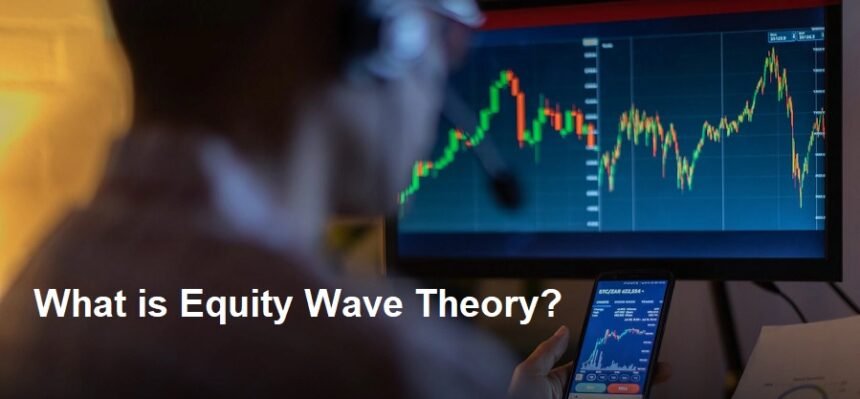In the world of trading and investing, equity or account balance movements often reflect a trader’s psychological state and performance. One interesting concept that emerges from this understanding is the Equity Wave Theory. This theory is not a technical trading system, but rather a way of understanding the dynamics of account balance fluctuations based on a trader’s behavior, emotions, and adaptability to the market. Simply put, this theory explains that a trader’s equity movement does not occur linearly, but rather in waves that repeat themselves according to human behavior patterns.
The basic concept of Equity Wave Theory stems from the observation that every trader goes through certain emotional and performance cycles during their trading journey. Initially, traders experience a growth phase when a new strategy performs well, accompanied by high confidence. However, over time, market conditions change and the old strategy begins to lose its effectiveness. At this point, many traders experience a decrease in their balance or even lose most of their previous profits. This phase is known as the equity drawdown phase, a downward wave caused by changing conditions or risk management errors. After this phase, some traders who are able to adapt and correct their mistakes will enter a recovery phase, where equity begins to rise again. This is where the wave pattern on an equity chart forms.
This theory emphasizes that these fluctuations are natural and cannot be completely avoided. Just as waves in the ocean move in a rhythm of ups and downs, so does a trader’s equity. What separates successful traders from unsuccessful ones is their ability to read these wave patterns, rather than trying to fight them. Traders who understand Equity Wave Theory strive to maintain a balance between capital growth and protection, understanding that each corrective wave is simply part of the process toward long-term stability.
In practice, this theory also helps traders recognize when they are at the crest or trough of an equity wave. When balances continue to increase rapidly, the theory warns that a correction phase may be imminent, necessitating emotional control and disciplined risk management. Conversely, when equity is falling drastically, the theory encourages traders not to panic but to calmly evaluate their strategy, as a recovery phase may come after that period. In other words, Equity Wave Theory helps traders think like experienced sailors, understanding when to lower the sails and when to raise them again to catch the wind of profit.
Beyond the psychological aspects, this theory also has practical implications for risk management and trading strategies. For example, a trader in an uptrend might gradually increase their lot size as long as it remains within their risk tolerance. However, once signs of market volatility or exhaustion appear, they might reduce their position size to protect profits. Thus, Equity Wave Theory can be a helpful tool for maintaining a balance between aggressiveness and caution, two factors that are often difficult to control in practical trading.
Furthermore, this theory also teaches the importance of self-awareness in trading. Traders who are able to recognize their emotional fluctuations—such as euphoria after a large profit or frustration during a series of losses—will find it easier to maintain mental stability. Ultimately, the equity chart reflects not only the results of a strategy but also a trader’s discipline, patience, and psychological maturity.
In conclusion, the Equity Wave Theory illustrates that the trading journey won’t always be consistently upward, but rather undulating like waves. Traders who understand and accept this reality will be better prepared to navigate each phase, whether equity rises or falls. By combining emotional awareness, mature risk management, and the ability to adapt to market changes, this theory helps traders build a stable and sustainable equity curve over the long term.












